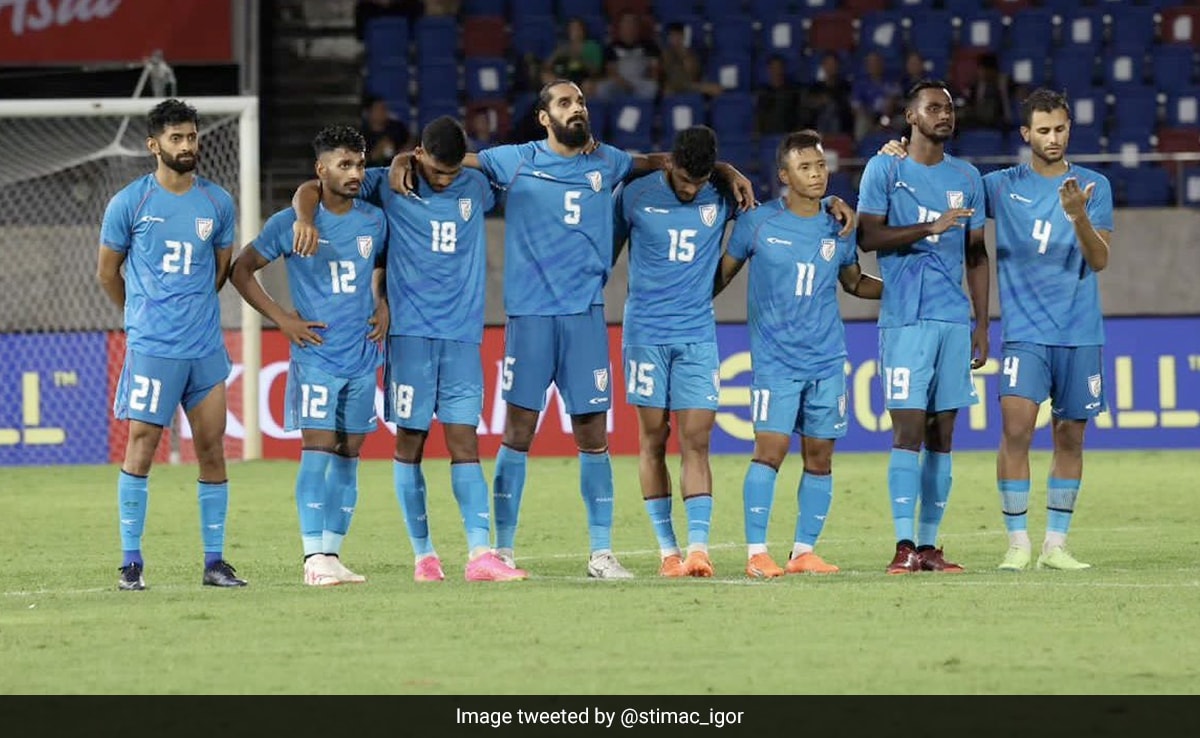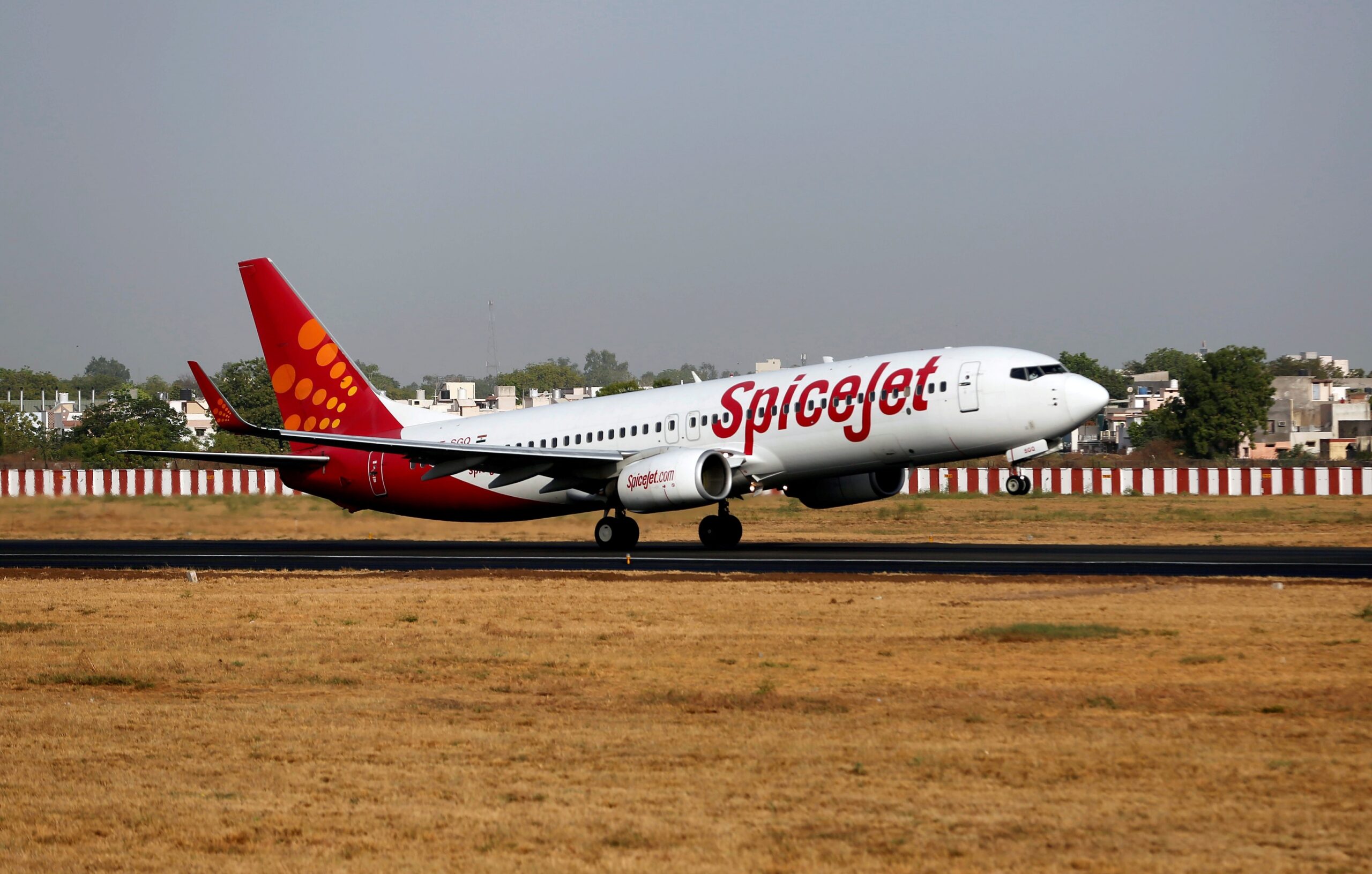If budget making is a complex task, interpreting the Union Budget can be hazardous given the amount of fine print that one has to pore over. Finance Minister Nirmala Sitharaman’s fifth Budget, and the current Bharatiya Janata Party-led government’s final full-fledged one before next year’s general election, ticks all the right boxes on the face of it. Inclusive development that ensures prosperity for all, especially the youth, women, farmers, Other Backward Classes, Scheduled Castes and Scheduled Tribes, a focus on infrastructure and investment that serves as a multiplier for growth and employment, policies to enable green or environmentally sustainable growth, the rationalisation of direct taxes, including a raft of concessions to the middle and salaried classes, and pensioners, and, most importantly, doing all this while staying the course on fiscal consolidation. Terming it the “first Budget in Amrit Kaal”, Ms. Sitharaman sounded the poll bugle by emphasising the ruling dispensation’s achievements since 2014, when Prime Minister Narendra Modi first assumed office. Per capita income, she said, had more than doubled to ₹1.97 lakh as a result of the economy’s growth to being the world’s fifth-largest and the government’s efforts to ensure a better quality of living for all. She also cited an increase in formalisation of the economy and the widespread adoption of digital technologies, especially in the payments sphere, as other significant achievements.
With an eye on ‘India at 100’, the Budget proposals, Ms. Sitharaman said, were aimed at actualising a “technology-driven and knowledge-based economy with strong public finances, and a robust financial sector”. Emphasising that the economic agenda for achieving this vision would, among other things, require a focus on giving a strong impetus to growth and job creation, the Minister laid out her Budget proposals that were heavy on this government’s trademark acronyms describing the various schemes, but relatively light on details. PM VIKAS or Pradhan Mantri Vishwakarma Kaushal Samman, for instance, would for the first time offer traditional artisans and craftspeople, or Vishwakarmas, a package of assistance aimed at helping them improve the quality, scale and reach of their products, she said. Specifics, including a financial outlay and the likely mechanics of implementation, were, however, not spelt out. Similarly, a ‘Mangrove Initiative for Shoreline Habitats & Tangible Incomes’ or ‘MISHTI’, aimed at undertaking mangrove plantation along the coastline and on salt pan lands leaves the funding to a “convergence between MGNREGS and a compensatory afforestation fund”. With the rural sector’s mainstay employment guarantee scheme, one that was introduced during the Congress-led United Progressive Alliance government’s term, itself increasingly being starved of budgetary support, it is hard to fathom how the new initiative to protect and regenerate the ecologically sensitive mangroves will be funded. The decrease in outlay comes at a time when the rural economy is still to regain vigour from the ravages of the pandemic, the fallout on incomes from the uneven distribution of last year’s monsoon rainfall, and the relatively greater impact of high food inflation on hinterland households.
At a broader level, the Budget estimate for expenditure on rural development in 2023-24 is pegged at ₹2.38 lakh crore, a marginal 0.1 percentage point increase when measured as a proportion of overall expenditure at 5.3%, compared with the 5.2% in the previous Budget Estimate. When viewed against the revised estimate, the outlay is a good 0.6 percentage point lower. Food subsidy too has been sharply pared: at ₹1.97 lakh crore, it is almost 5% lower than the 2022-23 Budget estimate and a steep 31% down from the revised estimate. To be sure, the government’s resolve to stay the course on fiscal consolidation, especially after the COVID-19 pandemic had led it to spend more even as revenue receipts dipped amid the unprecedented economic contraction, left Ms. Sitharaman with little leeway on the expenditure front once she had decided that the government would concentrate its resources on increased public outlays on infrastructure and investment. Capital expenditure has been allocated ₹10 lakh crore, a 33% jump from this fiscal’s Budget estimate. If one adds the almost ₹3.7 lakh crore set aside for grants-in-aid to States for the creation of capital assets, the Minister’s laudable intent to apply the force multiplier of government capital spending as the primary lever to spur economic activity becomes clearly evident. With global demand uncertain this year on account of the slowdown in the developed economies, as the Economic Survey pertinently pointed out, India’s domestic market will necessarily have to serve as the economy’s bulwark. Ms. Sitharaman has also attempted to woo the middle class with a raft of changes in personal income tax that would, in combination with tweaks to customs duties, in total cost the government ₹ 37,000 crore in foregone direct tax revenue. Some of these changes are aimed at leaving more money in the hands of the salaried and pensioners, cash that the Budget planners hope would find its way back either as savings or increased spending on vital consumption. The biggest beneficiaries of the income-tax changes though are likely to be those in the highest income bracket, where the effective rate has been cut by 3.74 percentage points reinforcing a perception that this government bats for the affluent.
To read this editorial in Hindi, click here.
To read this editorial in Telugu, click here.
To read this editorial in Malayalam, click here.
To read this editorial in Tamil, click here.
To read this editorial in Kannada, click here.









